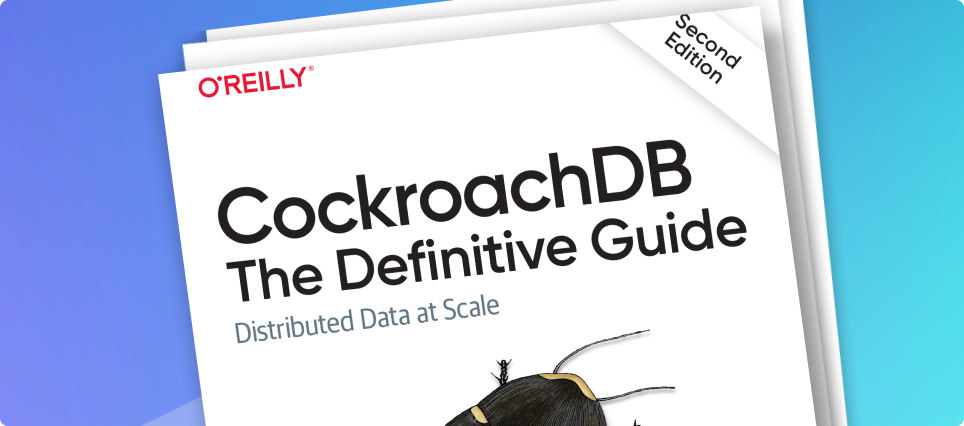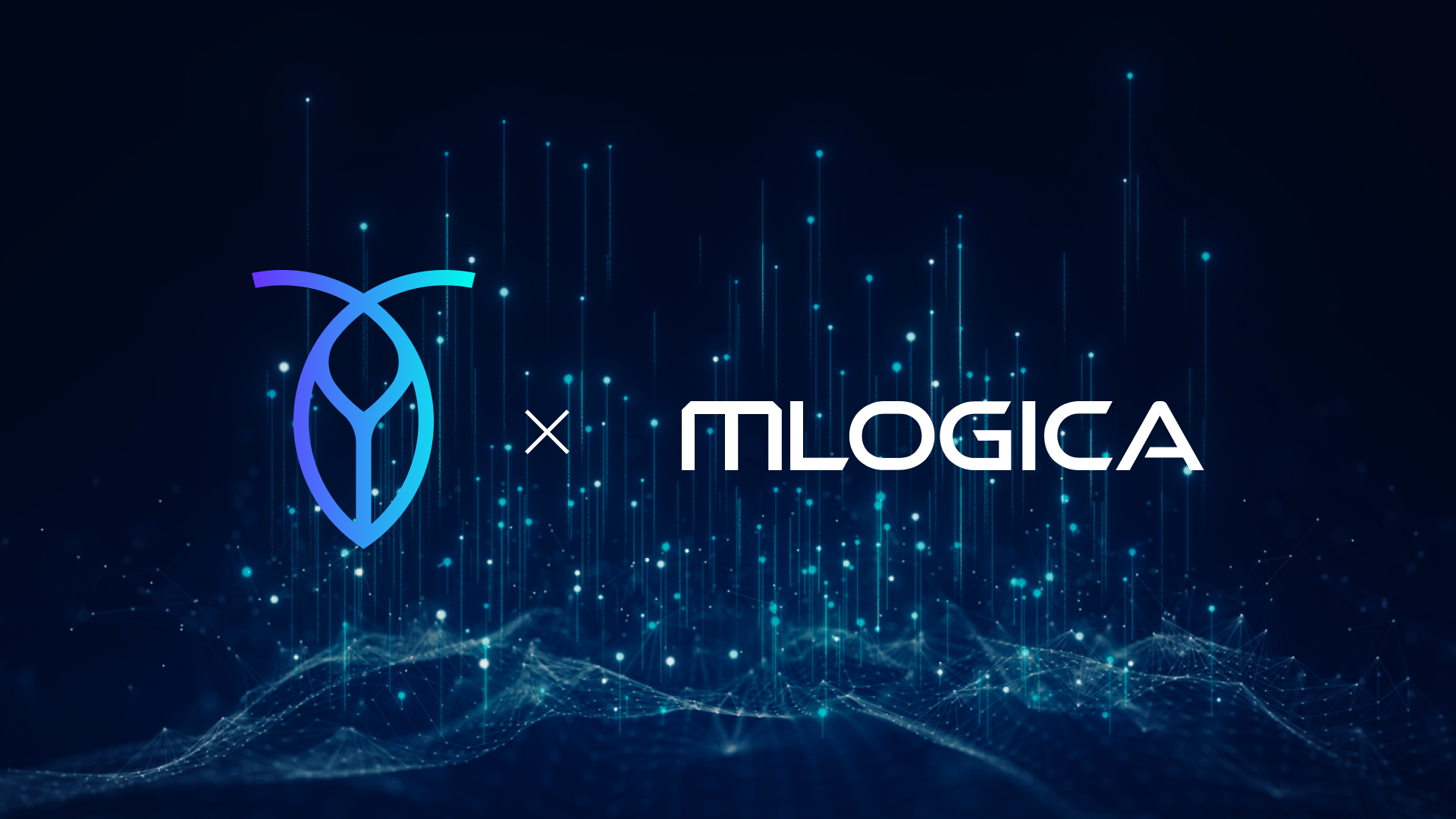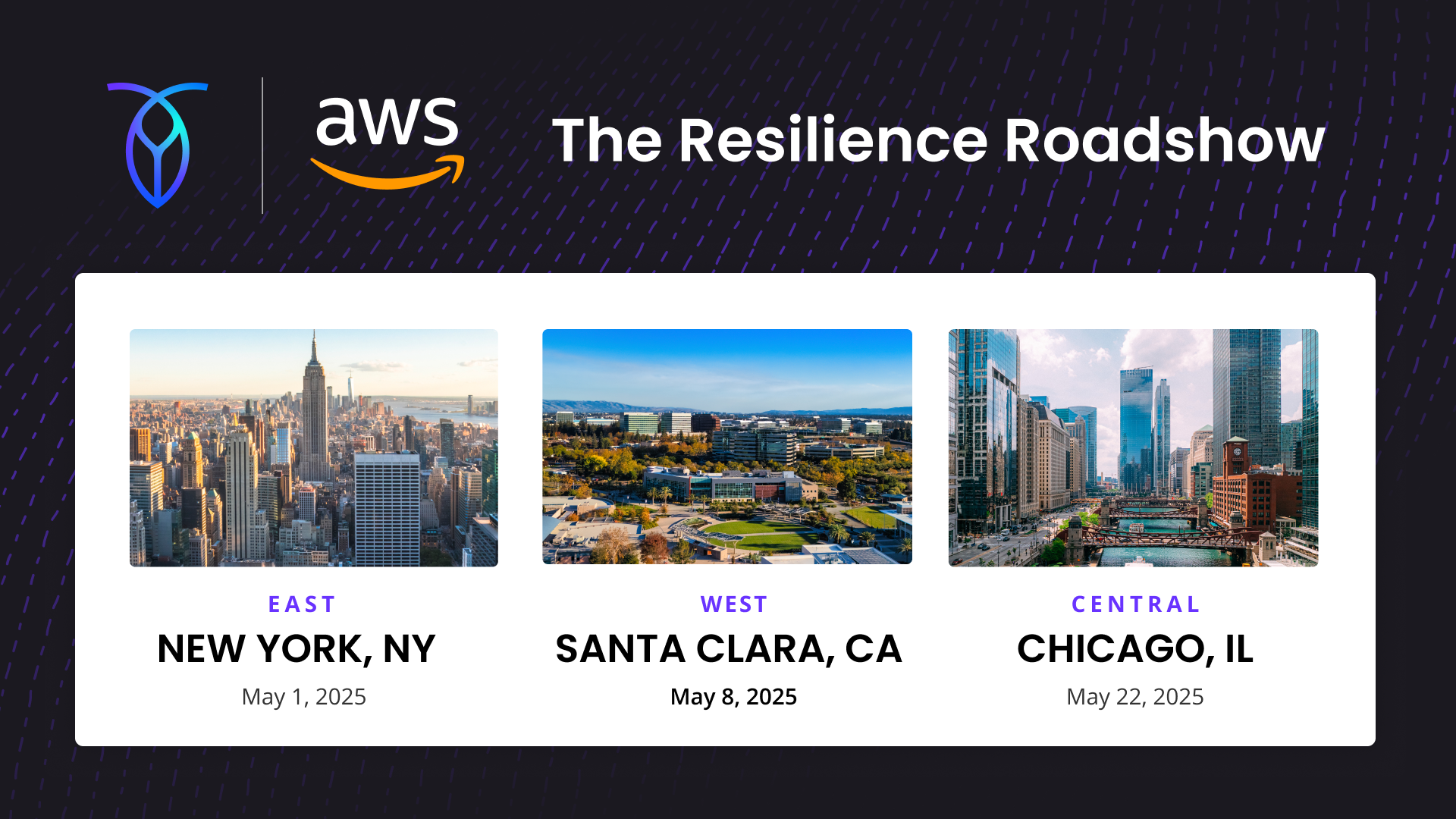Outages are the new normal in 2025, and modern enterprises need to be able to react as efficiently as possible to mitigate the blast radius. To that end, we’ve launched a 3-part blog series called “Surviving Failures with CockroachDB.” In our first post, we covered 11 of the most common application- and database-layer failures, and how CockroachDB supports our customers in the event of the inevitable. In today’s post we’ll highlight larger-scale failures:
General System-Wide Failures: Managing cascading failures, security exploits, and network partitions.
Cloud Service Provider Outages: Ensuring availability even when AWS, Azure, or GCP experience downtime.
General System-Wide Failure Scenarios
In complex systems, failures don’t just happen—they cascade. A single malfunction can trigger a chain reaction, turning a minor issue into a full-scale outage. Whether it’s cascading failures, configuration drift, or security exploits, these risks can quickly spiral out of control without the right safeguards in place.
CockroachDB is built to prevent systemic breakdowns by isolating failures, automating recovery, and maintaining consistency across environments. In this section, we’ll explore how CockroachDB helps organizations build resilient architectures that keep applications running smoothly—even in the face of unexpected disruptions.
RELATED: Strategies to Mitigate Outages and Maximize Uptime (O'Reilly Architecture Superstream)
If a database outage were to cost your business a million dollars an hour (or minute), how much would you invest to prevent it? Sean Chittenden and Chris Casano, experienced former owners of massive applications, share zero downtime strategies that organizations can adopt to mitigate outage risks and maximize uptime.
Cascading Failures
The Issue: A failure in one component can ripple across the system, escalating into a widespread outage.
How CockroachDB Helps:
Isolation Through Distribution: By spreading data and workloads across multiple nodes and regions, CockroachDB prevents localized failures from affecting the entire system.
Automated Failover: The database detects failures in real-time and automatically reroutes queries, preventing disruptions from propagating.
Configuration Drift
The Issue: Over time, inconsistencies between environments (development, staging, production) can lead to unexpected failures.
How CockroachDB Helps:
Centralized Management: CockroachDB provides centralized configuration tools, ensuring consistent deployments across environments.
Automation: Automated deployment practices reduce manual errors that contribute to configuration drift.
Integration and Interoperability Issues
The Issue: Tightly coupled systems can break down when one component changes or fails, impacting other parts of the infrastructure.
How CockroachDB Helps:
Standard SQL Interface: CockroachDB supports SQL, allowing for seamless integration with existing applications without extensive rewrites.
Robust APIs & Modular Design: A loosely coupled architecture ensures that failures remain isolated, preventing a single point of failure from affecting the entire system.
Security Exploits
The Issue: Cyberattacks, vulnerabilities, and data breaches can compromise system integrity, leading to downtime and data loss.
How CockroachDB Helps:
Continuous Security Updates: Cockroach Labs regularly patches vulnerabilities and conducts security audits to stay ahead of threats.
Advanced Security Features: Built-in security mechanisms, including encryption at rest, TLS for data in transit, and role-based access control (RBAC), protect sensitive data and reduce attack vectors.
System-wide failures can be devastating, but they’re not inevitable. CockroachDB’s distributed, self-healing architecture ensures that failures remain isolated, contained, and recoverable—allowing businesses to maintain uptime, protect data integrity, and minimize disruptions in an unpredictable world.
Surviving Cloud Service Provider Outages with CockroachDB
Even the largest cloud providers—AWS, Azure, and GCP—are not immune to outages. History has shown that when a critical cloud service goes down, the ripple effects can be massive, disrupting thousands of businesses and applications worldwide. Just in the last 5 years, we've had massive outages, including the following:
Google Cloud Service Outage (December 2020): A misconfiguration during an internal migration triggered a widespread GCP outage that cascaded across critical services, causing severe delays and disruptions for customers relying on time-sensitive workloads.
AWS US-East-1 Outage (April 2021): A disruption in the US-East-1 region impacted several core services, demonstrating how a single regional event can ripple through critical applications.
Central US Azure Outage (July 2024): An outage in the Central US region disrupted connectivity and backend services, affecting a broad range of enterprise workloads
Cloud Portability: How CockroachDB Ensures Business Continuity
Relying on a single cloud provider introduces a major point of failure—but CockroachDB is designed to keep your applications running even when cloud services fail. Here’s how:
Multi-Cloud & Hybrid Flexibility: Deploy across AWS, Azure, GCP, hybrid, or multi-cloud environments to enable cloud portability, avoid vendor lock-in, and ultimately stay operational even if one provider experiences downtime.
Automated Failover & Dynamic Routing: If a node, region, or entire cloud provider goes down, CockroachDB automatically reroutes queries to healthy nodes, if necessary, even routing to another cloud provider, minimizing disruptions.
Multi-Region Replication & Consensus: Using Raft-based replication, CockroachDB ensures data remains consistent across geographically distributed regions, preventing catastrophic failures. No failover necessary.
Network Partition Tolerance: CockroachDB is built to withstand connectivity issues by dynamically directing traffic to available nodes, ensuring seamless operation even in the face of network disruptions.
By eliminating reliance on a single cloud provider and distributing workloads across multiple clouds and regions, CockroachDB ensures that even in the face of large-scale outages, your business stays online. Check back on our blog for the final installment in this series, which will review disaster recovery with CockroachDB, including physical cluster replication and logical data replication.
Try CockroachDB today
Get started with CockroachDB Cloud today. We’re offering $400 of free credits to help kickstart your CockroachDB journey, or get in touch today to learn more.












